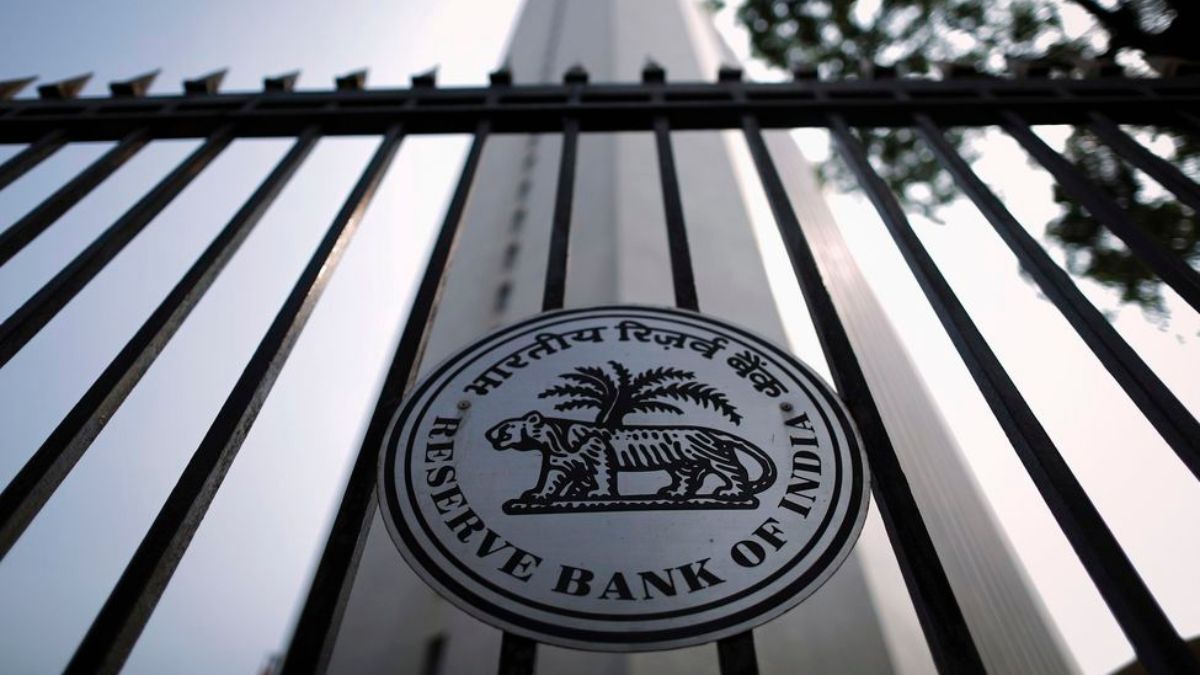Why RBI's latest liquidity coverage guidelines are likely to be a boon for banks
 Representational image | Reuters
Representational image | Reuters
The Reserve Bank of India has released its final guidelines on the liquidity coverage ratio (LCR) requirements for banks and its spells good news for banks. LCR is the proportion of high quality liquid assets held by banks and financial institutions to ensure that they can meet any short-term emergency. The intention here is that banks should have sufficient capital to ride any short-term liquidity issues.
The latest guidelines issued by RBI call upon banks to assign additional run-off rate (run-off factor is percentage of deposits that could potentially be withdrawan in case of sudden disruptions) of 2.5 per cent to internet and mobile banking enabled retail and small business customer deposits. Essentially, stable retail deposits enabled with internet and mobile banking will now have a 7.5 per cent run-off factor and less-stable deposits enabled with internet and mobile banking shall have 12.5 per cent run-off factor. The requirement until now was 5 per cent and 10 per cent respectively.
The banks need to assign an additional run-off rate. So, how is it good news?
"The RBI’s final guidelines suggest a lower run-off factor for internet and mobile banking-linked retail and small business customer deposits of 2.5 per cent versus 5 per cent as suggested earlier in the draft guidelines," pointed analysts at Motilal Oswal Financial Services.
Additionally, the RBI has now reduced the run-off factor of funding from non-financial entities, including educational, charitable, and religious trusts, as well as partnerships and LLPs, to 40 per cent compared with the original 100 per cent, thereby lowering the liquidity burden on banks holding such deposits/funding as they are much more stable in nature. This should also be another boost for banks as it frees up additional capital.
The analysts at Motilal Oswal believe the move towards a lower run-off factor will be beneficial for banks in terms of net interest margins (NIMs) as well as RoA (return on assets) as the funds previously locked in high quality liquid assets (HQLA) can now be redirected towards lending.
"The RBI has already indicated that the updated framework could raise the system level LCR by 6 per cent, implying that most banks could see a 3-9 per cent improvement in their individual LCRs—making the move broadly beneficial," said the analysts.
Anand Dama, analyst at Emkay Global Financial Services also believes softer LCR norms coupled with delayed implementation and continued liquidity support by the RBI augur well for banks.
"The RBI, under the new governor, continues to ease regulatory hurdles including lower risk weights on MFI (micro finance institutions)/ NBFC (non-banking finance companies) loans, liquidity supply via open market operations, and now net positive LCR norms for banks to be implemented from April 1, 2026. This should provide some relief to banks, which were otherwise likely to have faced margin pressure given the two consecutive policy rate cuts and with more to follow," he noted.
According to Dama assuming deposits being linked to internet and mobile banking at 90 per cent lead to positive LCR benefit of 5-7 per cent for large private and public sector banks, and -2 per cent to 5 per cent for small and mid-size private banks. The analysis assumes 10-20 per cent of wholesale funding from non-financial entities and 95 per cent of HQLA being government securities bearing blended run-off rate at 2.5 per cent. Assuming 75 per cent and 50 per cent of deposits being linked to internet and mobile banking, the net benefit works out to be 3-10 per cent and 7-13 per cent for large private and public banks, he added.
Business